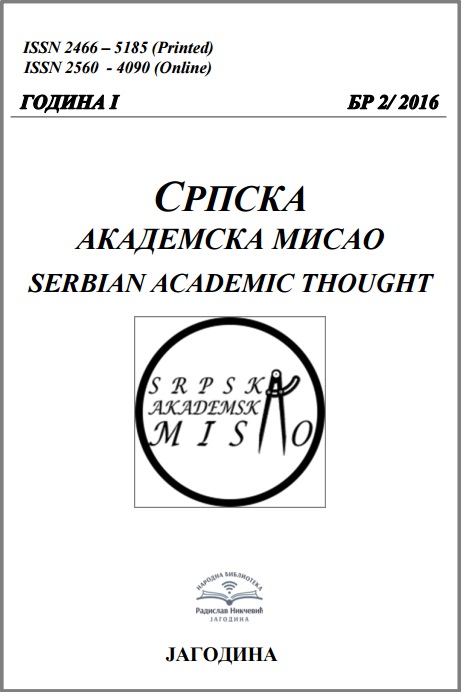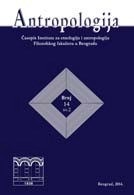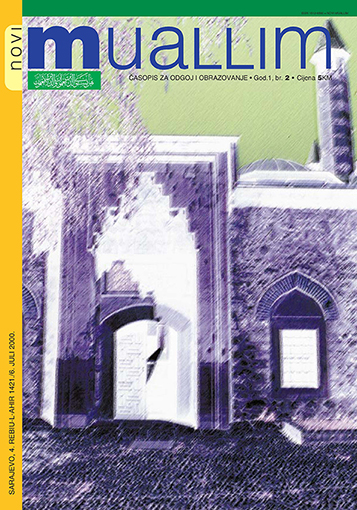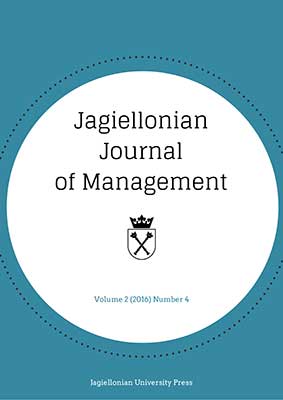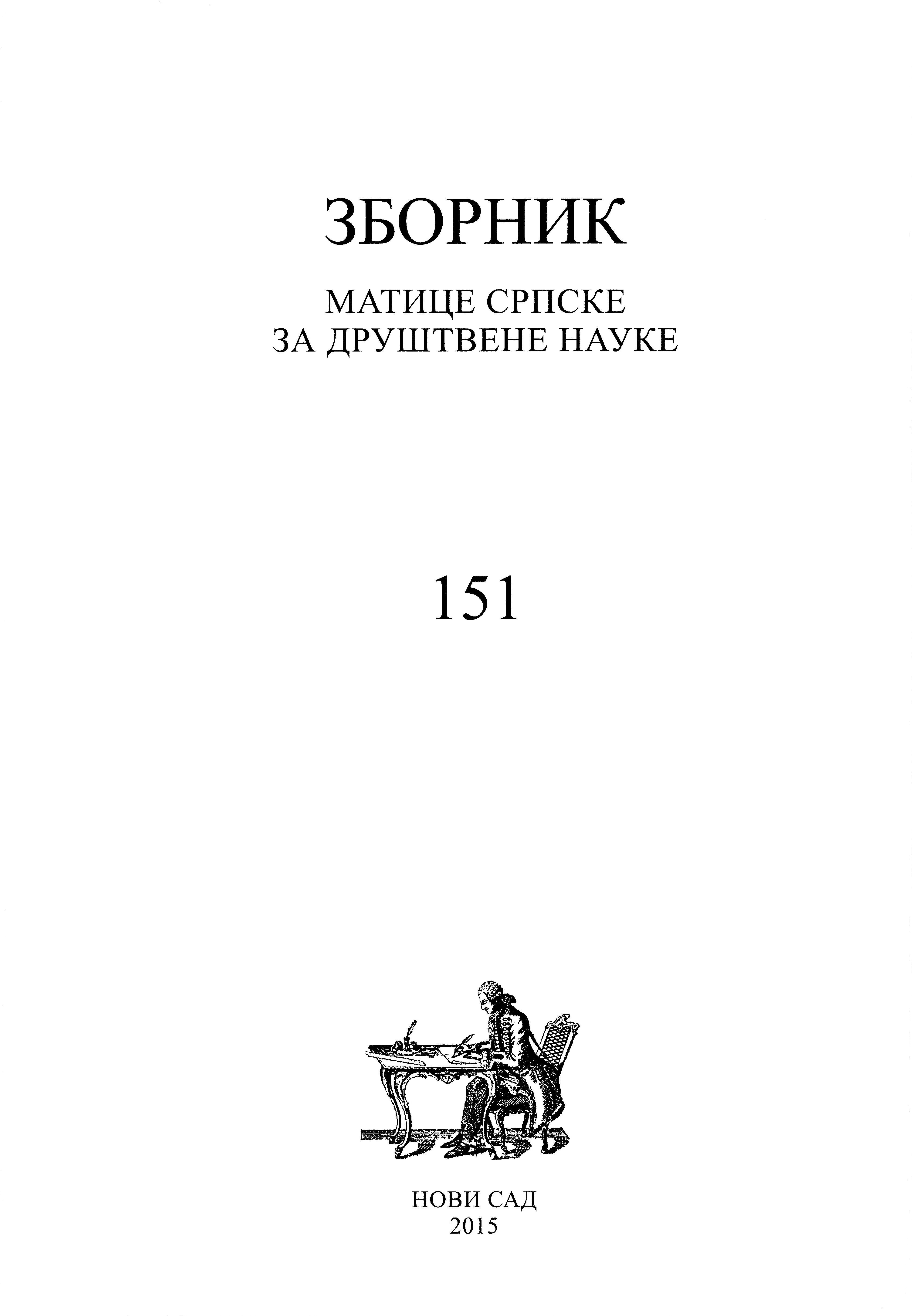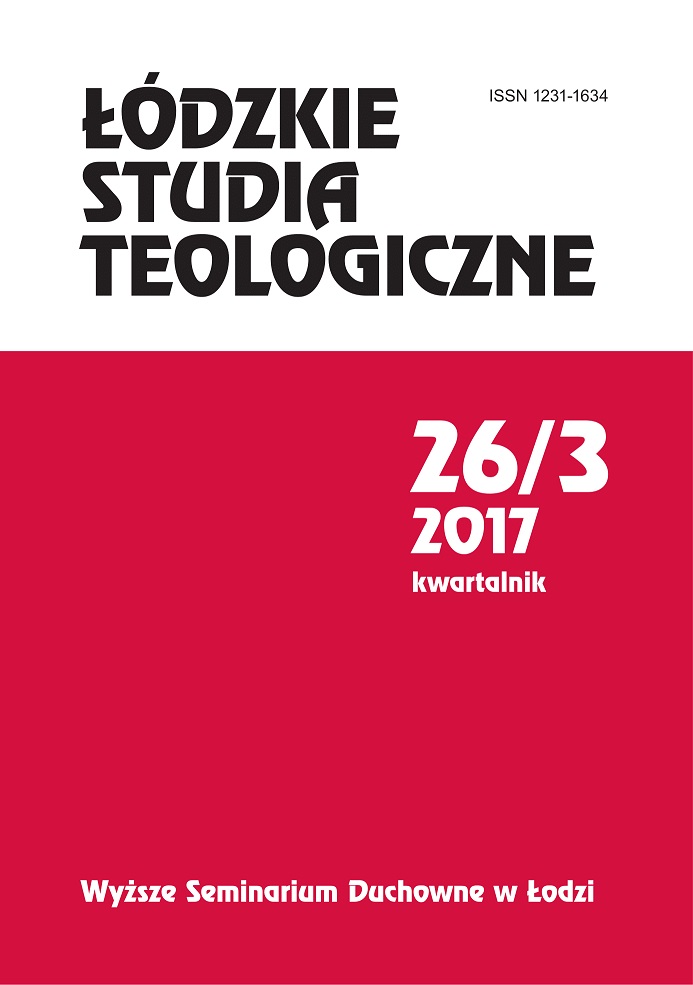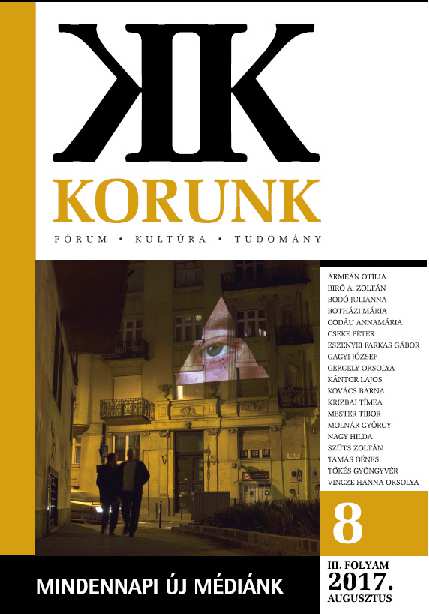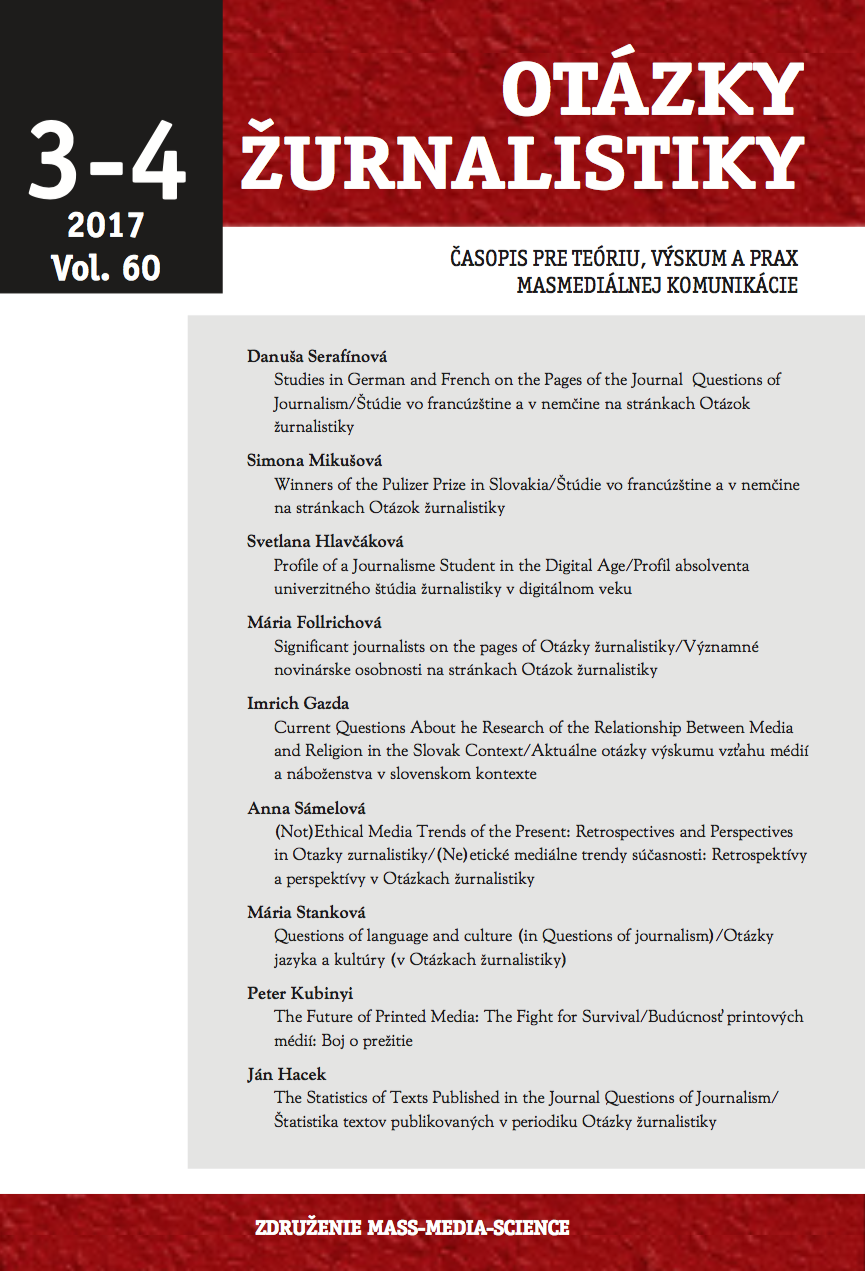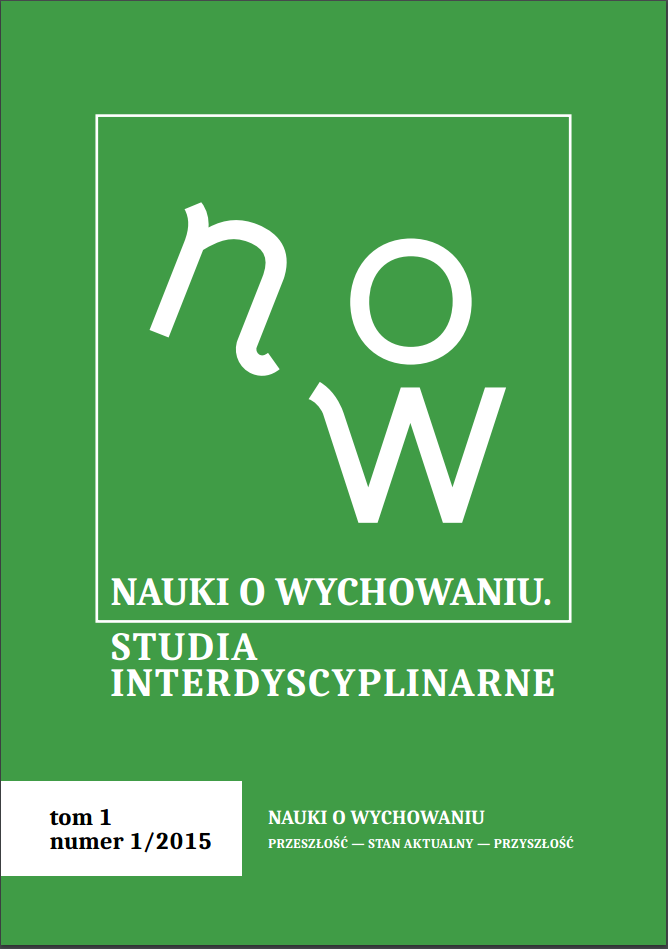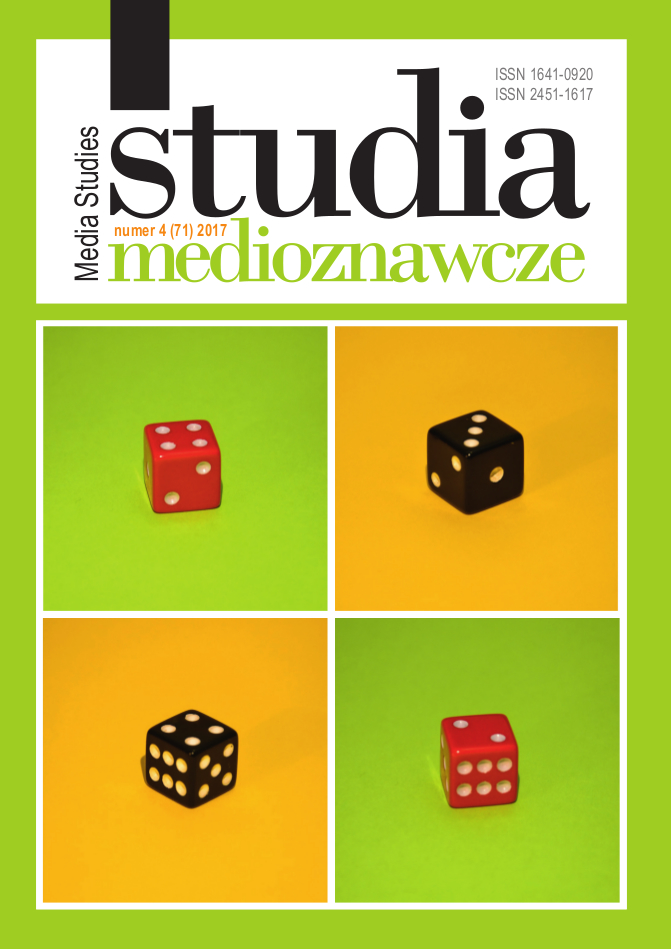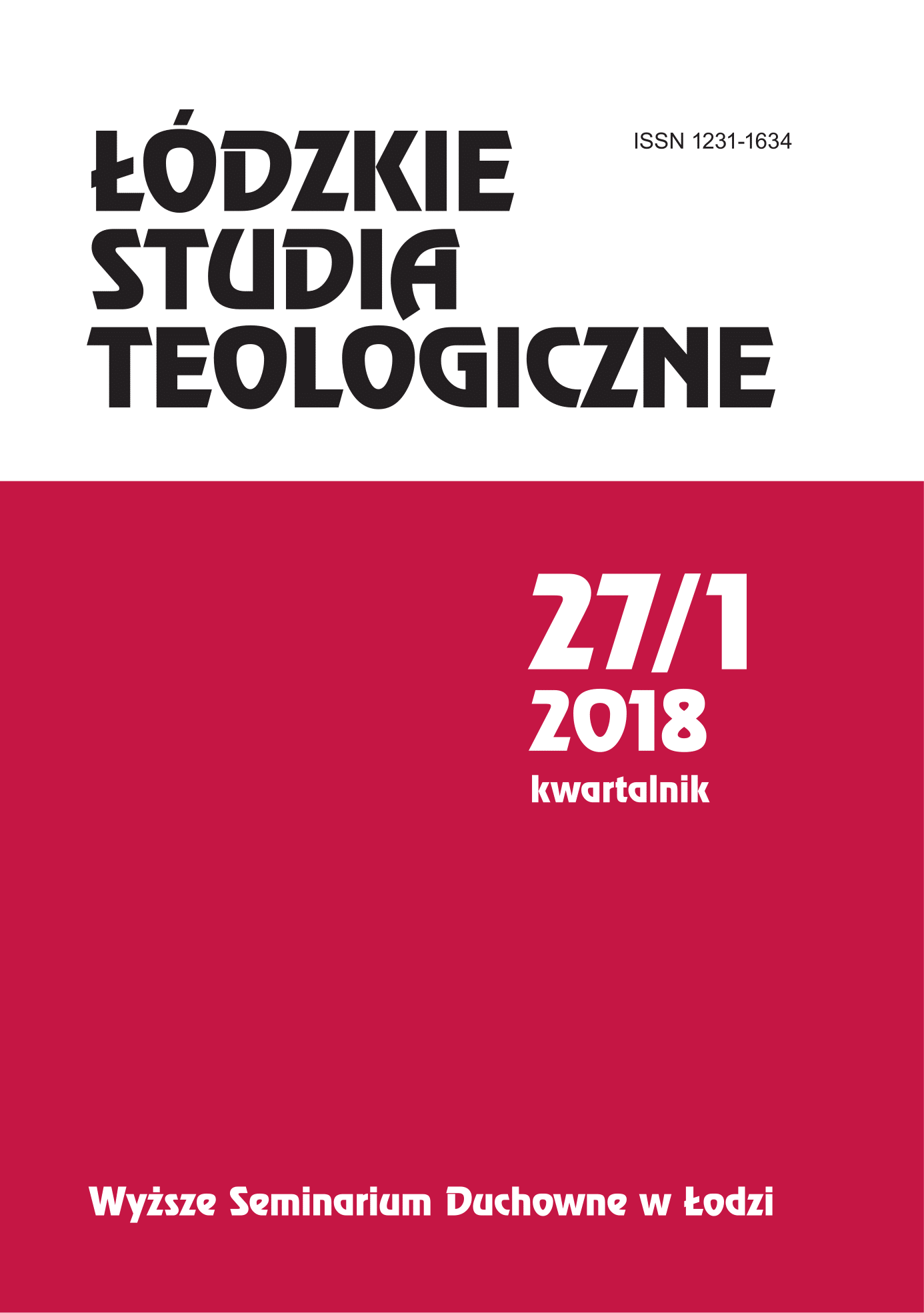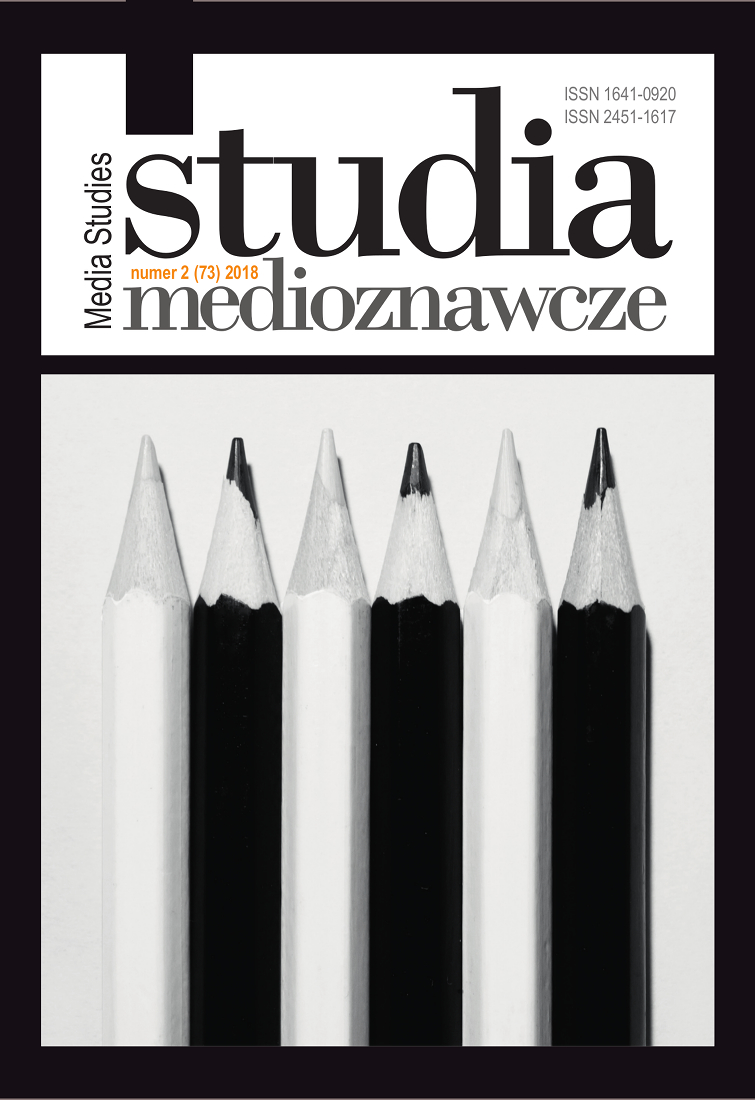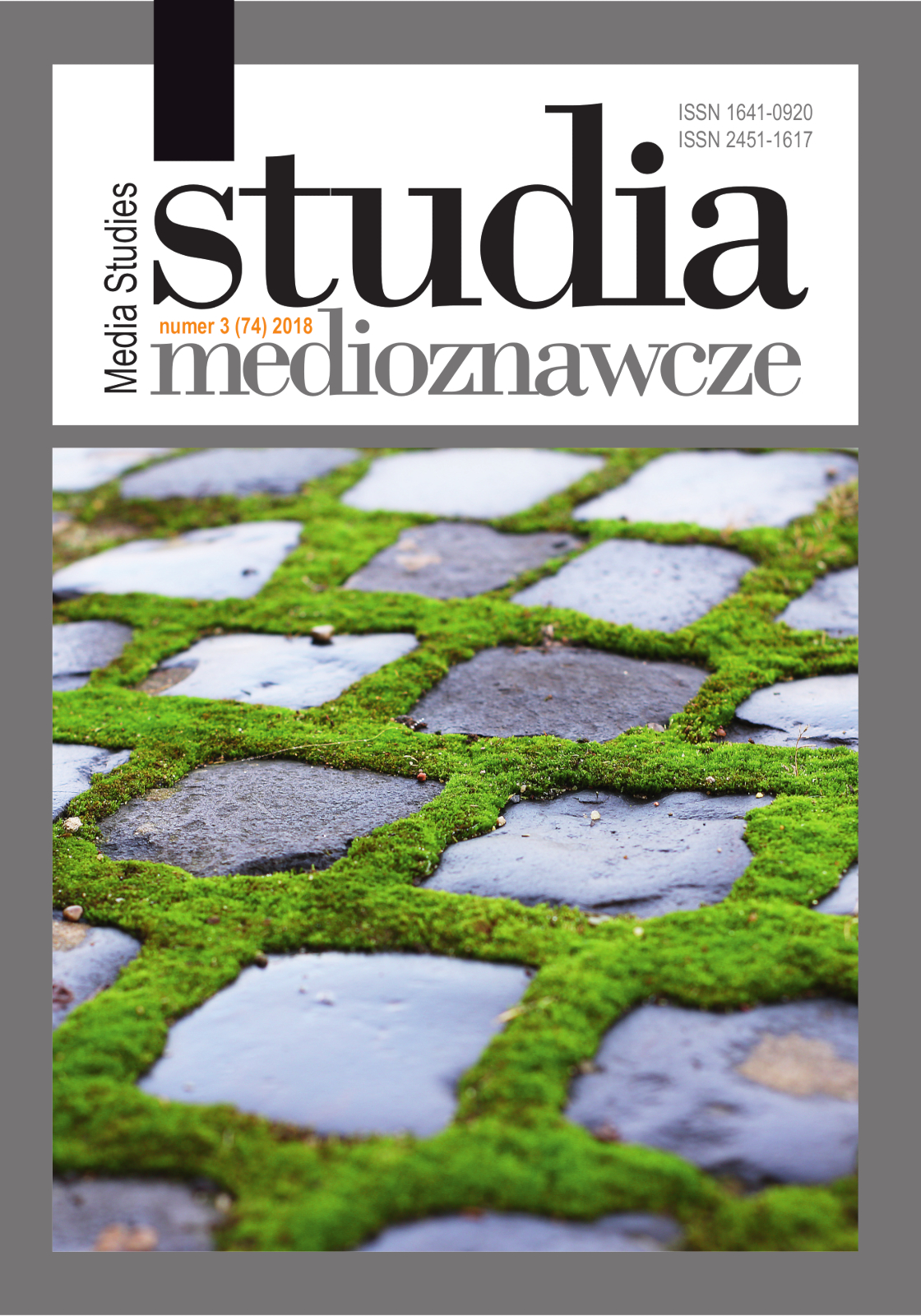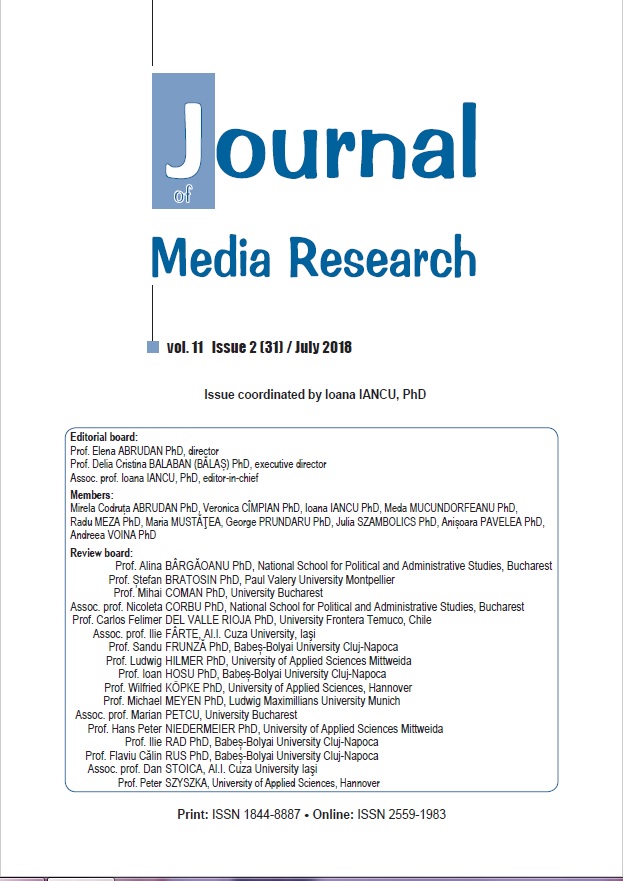“Persuasion Elements Used in Logistical Negotiation” – Book review
“Persuasion Elements Used in Logistical Negotiation” (2012), published by Saarbrucken, LAP Lambert, Professor Ioan Constantin Dima from University Valachia Targoviste and by Professor Ştefan Vlăduţescu from University of Craiova, is a book of intellectual elevation and high expression of ideas. The study is interdisciplinary and lays on the intersection of persuasive communication with the negotiation of logistic type. The research was supported by two approaches: it valorized discursive and ideationally an extensive bibliography; it pointed out to give a purely and direct scientific feature to the research and to provide a working and training tool for interested and “co-interested” ones, under conditions of efficiently and autonomy reading. The zetetic core is one of the communication theory and logistic negotiation by experimental methods, combined with methods of accepting the approved arguments and with the method of conceptual hermeneutics, on a large space of research. The book is comprehensive, cohesive and consistency.
More...
